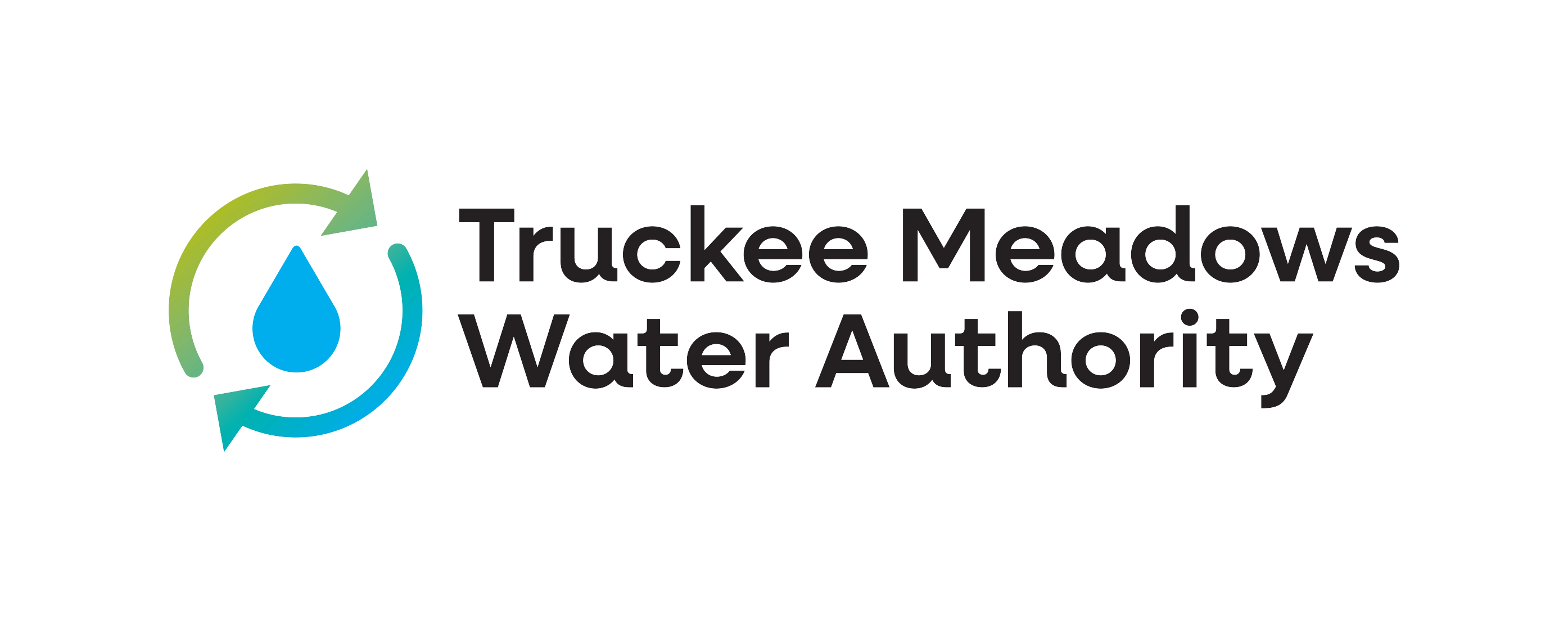4. Soil Improvement
 Return to Landscape Guide Main Page
Return to Landscape Guide Main Page
Soils in our unique desert climate tend to lack organic matter, nutrients, and either drain too quickly (soil with sandy, larger materials) or too slowly (soil with more clay material). Because of this, it is a good idea to have your soil tested for its chemical composition and drainage ability prior to planting.
Soil Testing
Select a soil testing lab that tests for pH (acidity or alkalinity), salinity, fertility (nitrogen, potassium and phosphorus) and organic content. Ask the lab to provide you with recommendations on what you need to do to amend your soil properly. Based on these recommendations, amend the soil to best fit your planting needs by adding three to six inches of organic material over the planting area. Then rototill this material into the soil to a depth of 12 inches.
Hint: You can have your soil tested at the UNR Cooperative Extension at (775) 784-8484. There is a fee for this service.
Checking Soil Drainage
A simple way to test your soil drainage is to dig a 2-foot hole and fill it with water to see if the water drains in 24 hours. Fill it again with water on the next day. If the water has drained, then the soil has adequate drainage. If after 48 hours the water hasn't drained, then amendments need to be added to open the soil. If the water drains in less than 6 hours both days, then amendments are needed to help the soil retain moisture.
Common soil amendments
Compost - Organic refuse such as leaves, wood chips, manure that has decayed into humus material.
Humus - Decayed organic materials, such as leaf mold, peat moss and compost, that open clay soils or hold water in sandy soils.
Leaf mold - Fibrous, flaky, organic material composed of decayed leaves which is acidic.
Manure - Organic material excreted by animals. It should be aged prior to use, and applied in the fall. Chicken and rabbit manures have the highest nutrient content, followed by horse and then cow manures.
Coconut coir - This ecologically friendly byproduct of the coconut industry is slightly acidic and holds up to 10 times its weight in water.
Sewage sludge - The remains from treated sewer waste. It is high in nutrients, yet contains varying amounts of heavy metals. It is available at commercial garden stores or free at the local sewer treatment plants.
The best soil is a mixture of various-sized particle material called loam. It is usually high in organic matter and drains well, yet is very moisture-retentive. Figure 1-1 shows equal parts of native soil and amendment material prior to mixing.
Hint: Taking the time to test and amend your soil builds a better root zone for all your plants, enabling them to develop deeper roots. Deeper roots build drought-tolerant plants and a more water-efficient landscape.

